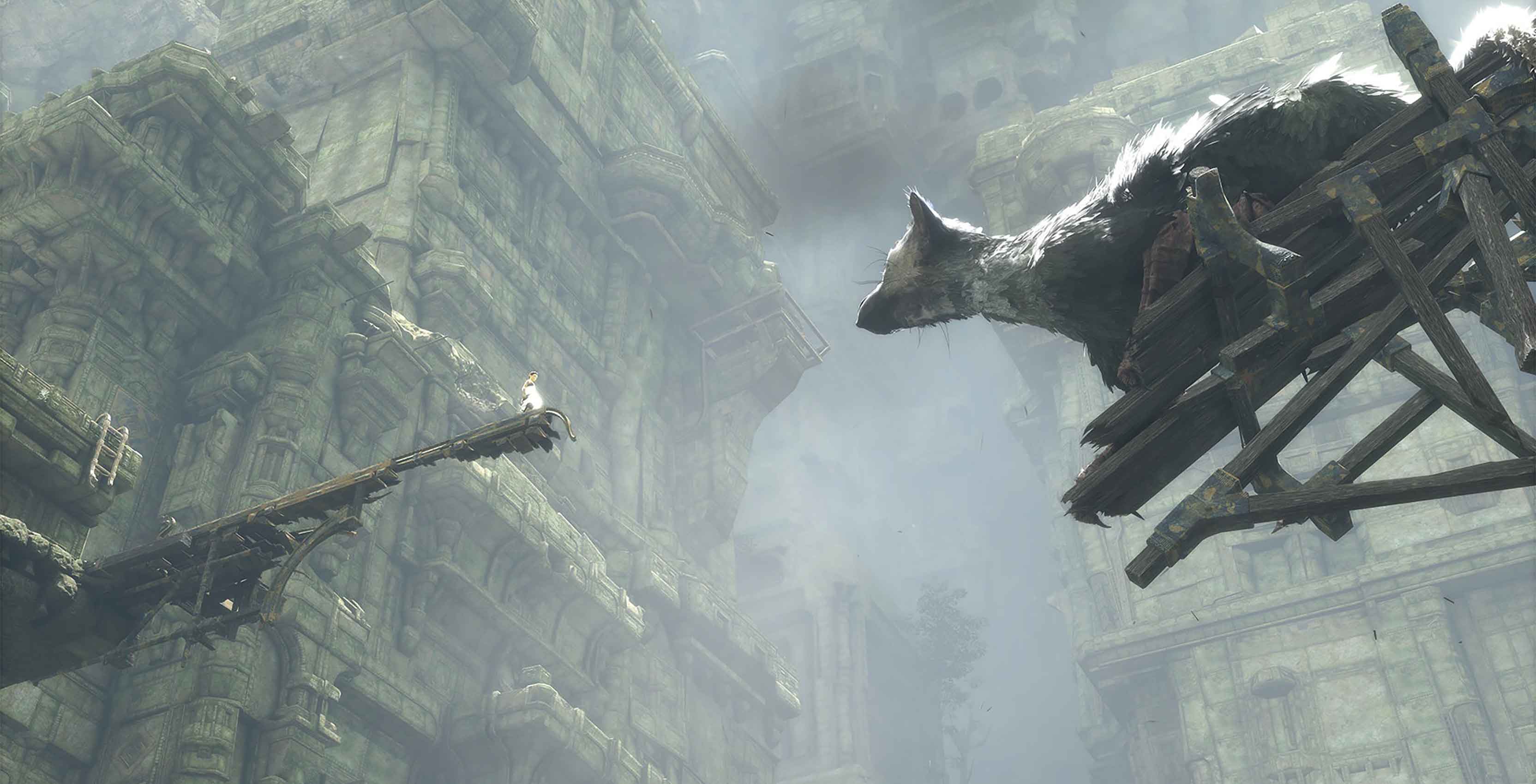
I have to give credit to Sony for actually releasing The Last Guardian.
The game was evidently plagued by development issues since it was announced in 2009, leading many to believe it had been cancelled.
Even when it was re-revealed in 2015, we learned that a new development team was formed with some members of Team ICO, the game’s original developer, including director Fumito Ueda, had brought back as contractors. And sadly, perhaps due to its niche nature, the The Last Guardian isn’t even selling very well, having failed to top monthly sales charts and undergoing a recent price drop in January.
Yet, for me, The Last Guardian is absolutely worth the wait and the technical hurdles. It’s been nearly three months and I’m still thinking about what quickly became one of my favourite games from last year.
At the centre of the game is a nameless boy and Trico, a large feathered beast that looks like a cross between a griffin and a dog.
The unlikely pair must learn to work together to escape a strange and dangerous land. These two need each other. It’s a great twist on the kind of relationships found in many other games, especially Ueda’s ICO, where you’re responsible for protecting someone weaker than your character.
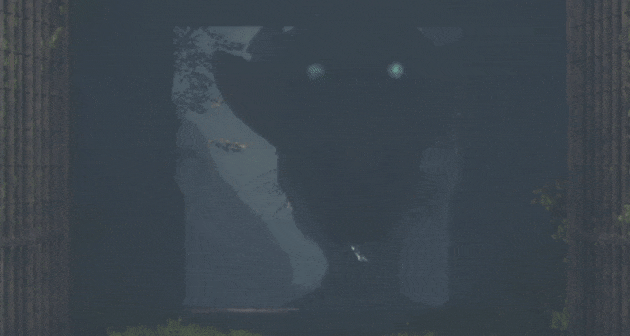
You’ll often find yourself relying on this gargantuan beast to get you to further and higher places and protect you from intimidating armoured figures. If you’re going to plummet to your death, Trico rushes to catch you at the last second with his beak or his tail. When he’s hungry and gets fatigued, you go forth to search for barrels full of food for him.
Trico can get frightened by certain mirrored objects in the environment, refusing to progress until they are disposed of. This means that the boy has to go forward on his own to clear the way, which can sometimes lead to clever and complex platforming segments.
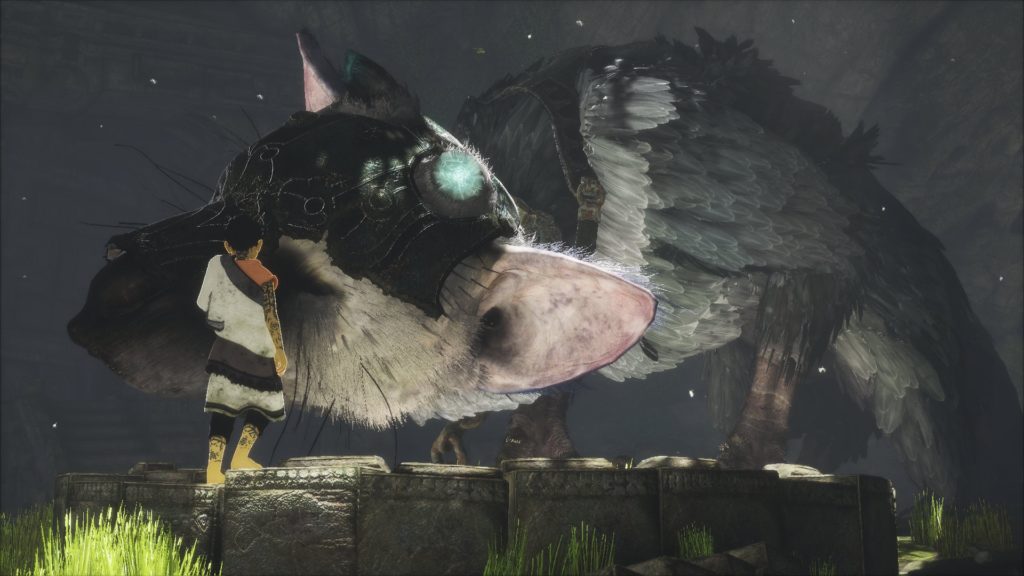
Through this touching friendship, Trico came to be one of the most fully-realized and believable AI companions I’ve ever seen in a game. From his luscious fur glistening in the sun, to realistic animations, such as how he scrambles to climb up a ledge, to the way he cocks his head and quizzically looks at you with black button eyes, Trico truly comes to life.
The Last Guardian’s proven to be a bit controversial over its controls and how much response — or lack thereof — the game will subsequently give. It’s true: Trico isn’t always cooperative — when you call him over or try to get him to jump, he doesn’t always do it right away. In interviews, Ueda noted that many games feature a horse or other animal that fully listens to your commands, and so his team programmed Trico’s AI to sometimes be less predictable and obedient.
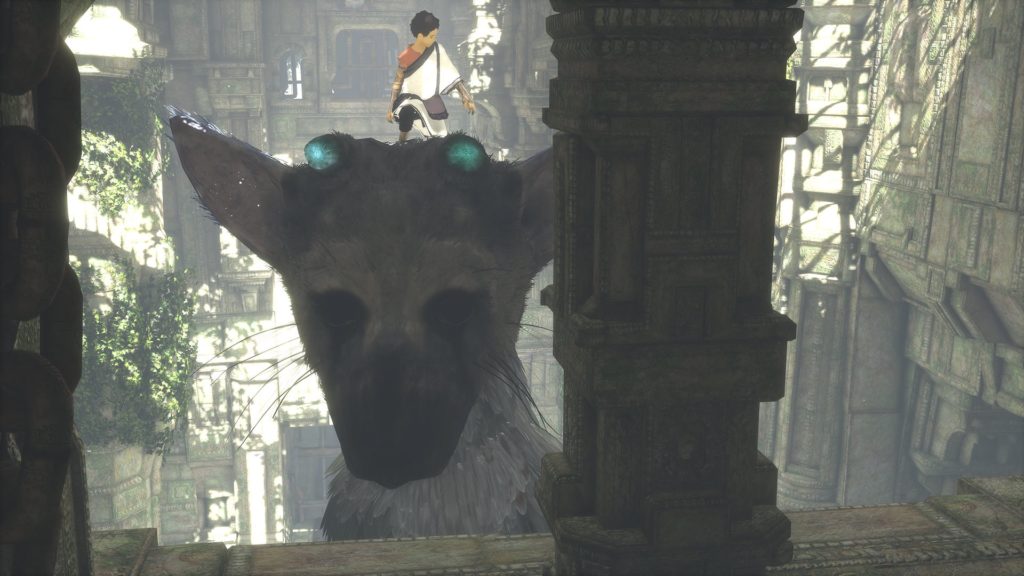
While some people may say this is just a way to excuse poor game design, I actually disagree. As a dog owner for over six years, the way that Trico acts is just like how my own pet does. Even after all this time, my dog can often be stubborn, easily distracted or just plain unwilling to listen (as humans can be as well). In acting this way, Trico feels real; like any pet, his behaviour can be all over the place, and it’s these imperfections that make him feel more lifelike.
What is unforgivably inconsistent, however, is the game’s frame rate. There are times when The Last Guardian starts to chug, particularly in situations where you’re relying heavily on Trico to navigate through crumbling architecture. My only other gripe would have to come from the occasional technical hiccup, where the camera can’t quite get around Trico’s massive body or the collision detection doesn’t quite register when the boy jumps towards a ledge.
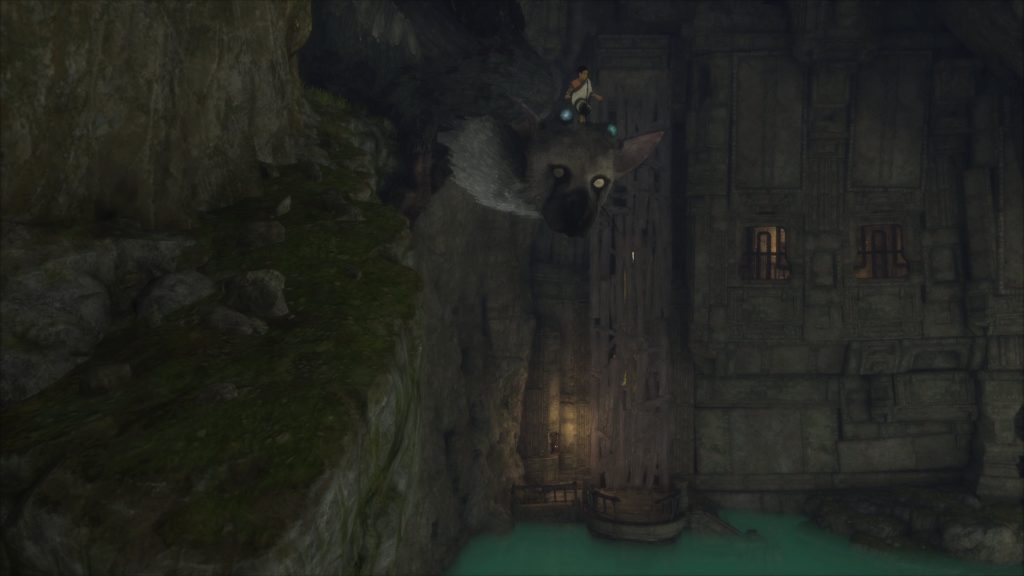
There’s a wonderful sense of beauty and scale to the game outside of Trico’s majestic frame. Seemingly ancient decrepit ruins are overturned by nature, with lively foliage spreading everywhere and the sun beaming in the background. As with Ueda’s ICO and Shadow of the Colossus, The Last Guardian employs a minimalist approach to narrative. Much is left open to interpretation, particularly in regards to the game’s setting, which enhances the sense of the mythical foreign space that you’re in. Takeshi Furukawa’s score is appropriately glorious as well. As with ICO and Shadow of the Colossus, Ueda and his team paint a world that is at once magnificently beautiful and also eerily empty.
Towards the end of the game, however, more foes start to enter the fray, and it’s during this final stretch that The Last Guardian becomes harrowing and intense. The last hour or so of The Last Guardian is an immensely riveting tearjerker, serving as a wonderful conclusion to the 10-plus hour journey. And the ending scenes, in typical Ueda game fashion, manage to payoff in satisfying yet ambiguous ways.
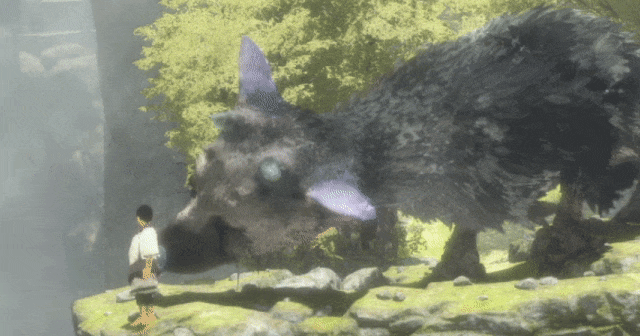
Overall, The Last Guardian demonstrates part of what makes gaming so unique — the ability to tell powerful, emotionally resonant stories through meaningful, evolving gameplay.
The game sometimes shows its age, mainly from a technically-flawed perspective, and it’s a slower-paced experience that requires a lot of patience. But if you’re willing to see it through to the end, you’ll be rewarded with a genuinely beautiful and moving game that is easily not only one of PlayStation 4’s best games, but one of the best from this generation.
MobileSyrup may earn a commission from purchases made via our links, which helps fund the journalism we provide free on our website. These links do not influence our editorial content. Support us here.


